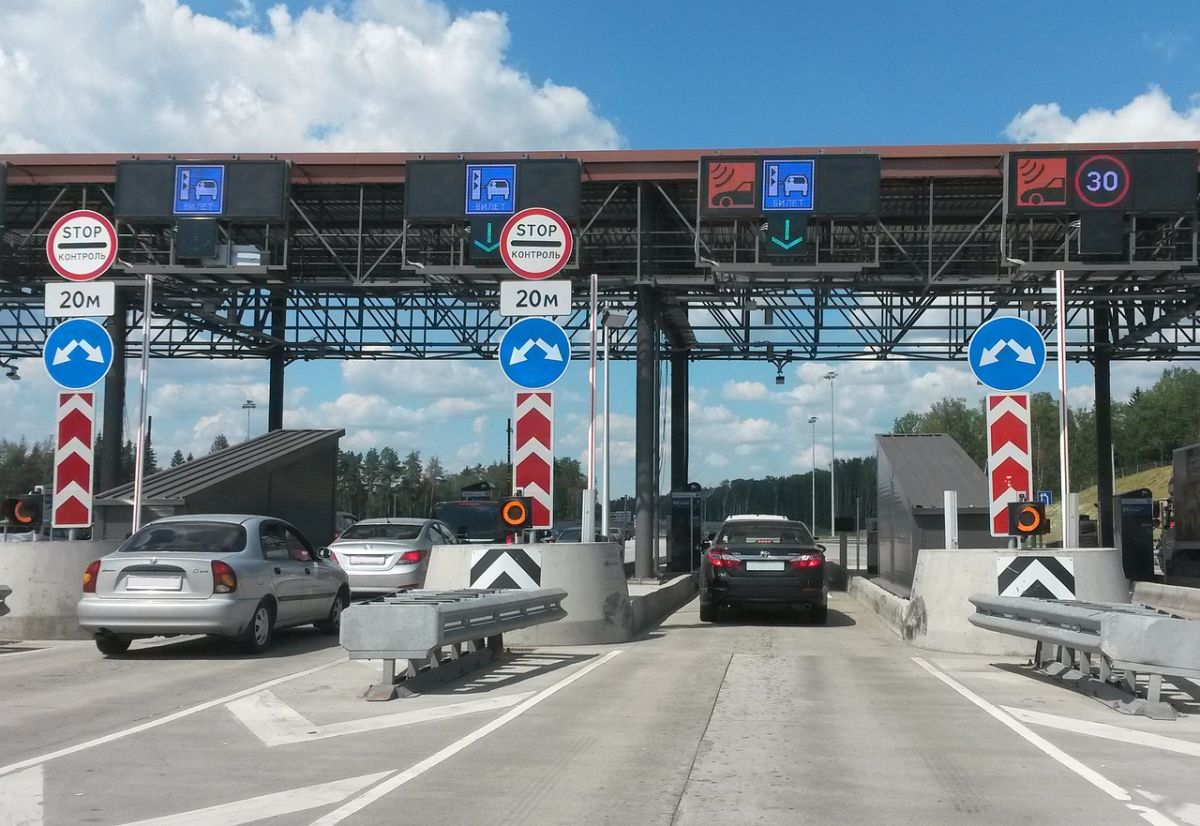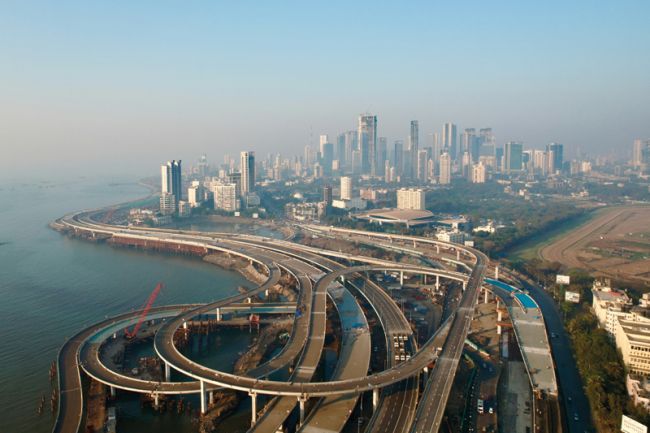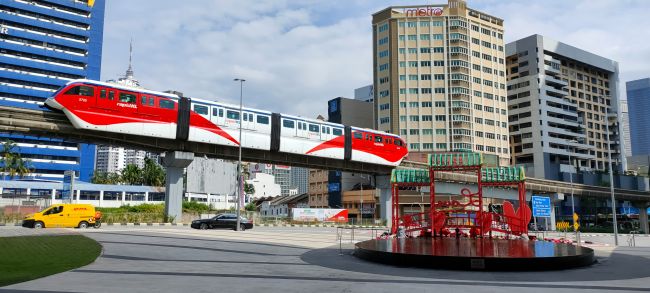To toll or not to toll
Tolling has been used to fund the construction of roads since Roman times and toll roads are operational throughout North America today.

Tolling has been used to fund the construction of roads since Roman times and many toll roads are operational throughout North America today. In Canada, six tolled facilities, in addition to tolled international border crossings, are concentrated in the most populous provinces (Ontario and Quebec). Recently, there have been developments to tolling and pricing in Canada.
The rationale for tolled facilities is that they need to provide a time saving to compensate for the toll charge incurred. Toll facilities fall under the following categories:
- Bridges/tunnels: Tolled facilities can help deal with physical natural barriers such as rivers and mountains. They can be free-standing such as the Confederation Bridge connecting New Brunswick and Prince Edward Island, or in competition with other facilities such as the A25 and A30 bridges in Montreal.
- Congestion ‘avoiders’: While bridges and tunnels deal with natural barriers, tolled facilities can also offer a quicker and more reliable option to congested corridors. In Canada the best example is the 407 ETR in Ontario.
- Long distance/inter-urban: In this case the facility provides a time saving over a longer distance resulting in a geometric rather than congestion time savings. In these cases, there are small time savings per kilometre, but these accumulate to large benefits and provide a stress-free driving experience. In Canada this would include Highway 104 in Nova Scotia, a 45-kilometre tolled section of the Trans-Canada Highway. They are more common in the U.S., including the New York Thruway and the Indiana Toll Road.
Toll lanes in the U.S. are a relatively recent concept, where new lanes are built or existing High Occupancy Vehicle (HOV) lanes are tolled (with HOV requirements generally increased from 2+ occupants to 3+ in the toll lane scenario) to provide a good level of service on the tolled lanes through dynamic pricing. They are also known as value priced lanes, managed lanes, express toll lanes or High Occupancy Toll (HOT) lanes. They are expanding rapidly in the U.S., but there are no examples in Canada. One of the main advantages of toll lanes is that they provide a travel alternative to the general purpose lanes and this can respond to potential fairness issues which ‘full’ toll facilities, especially new ones, need to address.
Related to the impact of tolls, it is important to highlight the public and political pressure on toll facilities. A recent example in Canada includes the removal of tolls by the BC provincial government on the Port Mann and Golden Ears bridges in Metro Vancouver in 2017 which resulted in traffic increases of 25% and 30% respectively. The flipside is the $150 million and $50 million revenue shortfalls from the toll removal and the need to tap into government funds to cover debt repayment from the bridge construction and the decommission of toll collection systems.
Furthermore, the challenges of tolling existing roads or bridges (even if they are to be upgraded) cannot be overstated, as evidenced by the removal of tolls planned for the Champlain Bridge replacement project in Montreal in 2015 and Ontario’s provincial government stopping the City of Toronto’s plan to toll the Gardiner Expressway and Don Valley Parkway in 2016.
This presents a considerable challenge to policy makers as there is constant pressure on government resources across all sectors of society and a lack of funding to cover these needs. The user pay principle of tolled facilities provides a potentially valuable tool to deal with this challenge, but as indicated previously the public (and political) pressures are considerable.
The latest development in Canada to ‘square this circle’ has been the concept of mobility pricing as a method to provide a more holistic approach to balancing infrastructure funding, congestion management and promoting fairness. A mobility pricing independent commission in Vancouver recently completed its work and identified two broad mobility pricing concepts: a regional congestion point charge with charge points at, or close to, some, or all, of the regionally important crossings and a distance-based charge with two or more zones with varying charge rates throughout Metro Vancouver. The study found similar results in terms of congestion reduction, household costs and revenues, but acknowledged that more analyses and discussion would be required.
The continued population growth of urban centers in Canada, increasing traffic congestion and the limited funding for infrastructure represent a challenging problem and it will be interesting whether tolling makes a ‘comeback’ in Canada or some sort of mobility pricing is implemented to address these pressing issues.










